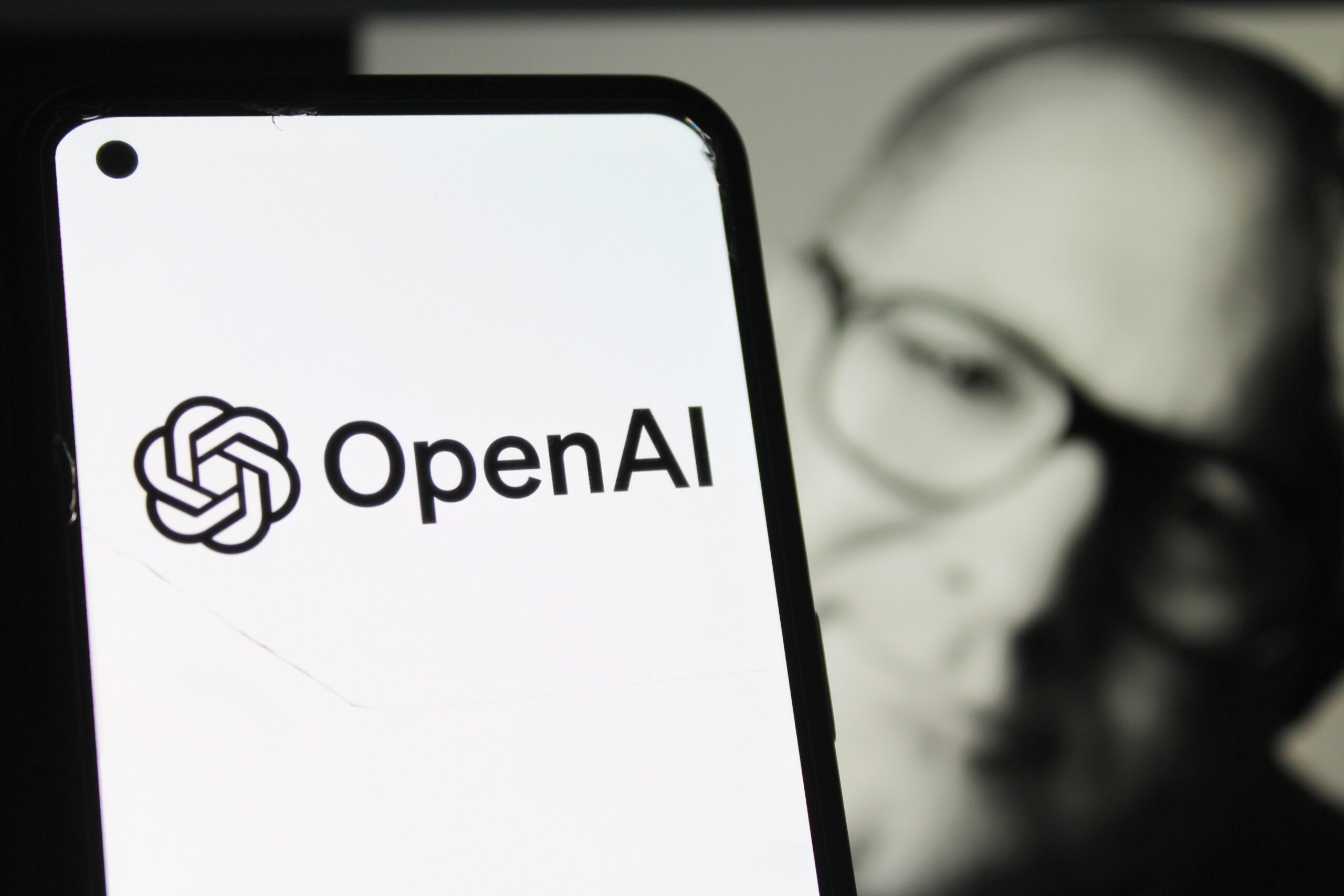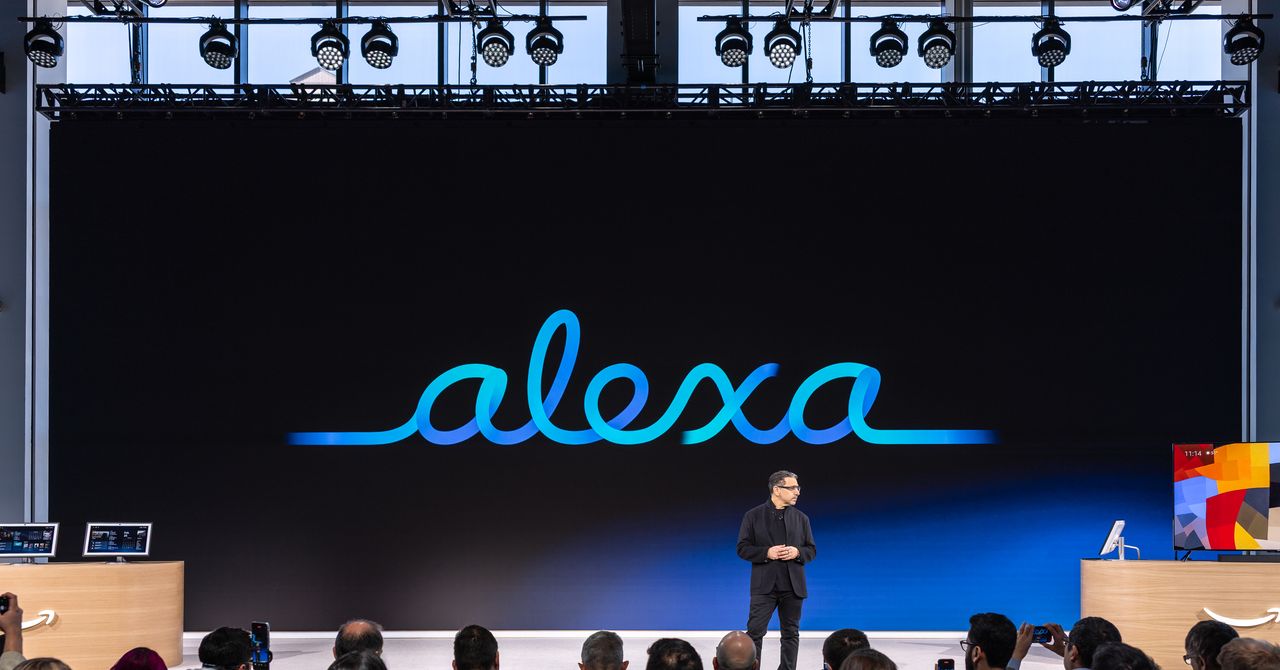Blog
OpenAI’s new device could replace your phone — here’s what we know so far

We’ve seen what ChatGPT can do on a screen. But what happens when AI steps off the screen entirely?
That’s the question swirling around OpenAI’s rumored upcoming device; a physical AI assistant designed in collaboration with legendary Apple designer Jony Ive and his hardware startup.
While details are still under wraps, early rumors suggest this could be the beginning of an entirely new product category, and potentially a direct challenge to the role of smartphones in our lives.
A screenless, wearable AI sidekick
The first thing to know is that this device might not look anything like what you’re used to. According to leaked reports, OpenAI’s hardware concept is expected to be pocket-sized, screenless, and contextually aware, with microphones and cameras that let it “see” and “hear” your environment.
Think of it as ChatGPT that follows you around, minus the screen fatigue.
One version of the device is said to resemble an iPod Shuffle (remember that?) worn around your neck, with subtle touch or voice-based controls that could let you interact with OpenAI’s models in real time. Whether you’re walking down the street, cooking in your kitchen, or out running errands, the goal seems to be a more seamless, natural way to integrate AI into everyday life, but without needing to tap or type.
AI as the new interface
If OpenAI CEO Sam Altman has his way, this device could eventually replace your smartphone entirely. While that may sound bold, it’s part of a growing industry shift toward ambient computing, where AI assistants blend into the background and proactively help you, rather than waiting for you to open an app.
And OpenAI isn’t the only one betting on this future. Humane’s AI Pin, Rabbit’s R1, and Meta’s Ray-Ban smart glasses have all staked claims on the idea that AI will soon become a wearable, conversational companion and go beyond smartphone apps.
But OpenAI’s advantage is clear: it’s building on top of ChatGPT’s massive capabilities, which already include vision, voice, memory and real-time reasoning. Combine that with Ive’s design legacy (he helped shape the iPhone, iMac, and Apple Watch), and you’ve got a dream team capable of defining the next major tech category.
When is it coming?
We’re still a couple years away. According to analyst Ming-Chi Kuo, the first OpenAI device is expected to debut in late 2026 or early 2027, with mass production possibly starting soon after.
My industry research indicates the following regarding the new AI hardware device from Jony Ive’s collaboration with OpenAI:1. Mass production is expected to start in 2027.2. Assembly and shipping will occur outside China to reduce geopolitical risks, with Vietnam currently the… pic.twitter.com/5IELYEjNyVMay 22, 2025
That gives OpenAI time to figure out not just the hardware, but also how users will actually want to interact with a screenless, AI-powered device. Will it whisper reminders in your ear? Will it help navigate traffic while you walk or bike? Could it even summarize your emails before you sit down at your desk?
The details remain to be seen — but one thing is certain: OpenAI is going beyond making ChatGPT as an occasional tool, into something that feels human, wearable and ever-present.
And if it succeeds, your next assistant might not live in your pocket, it might live around your neck or clipped to your t-shirt.
More from Tom’s Guide
Back to Laptops












